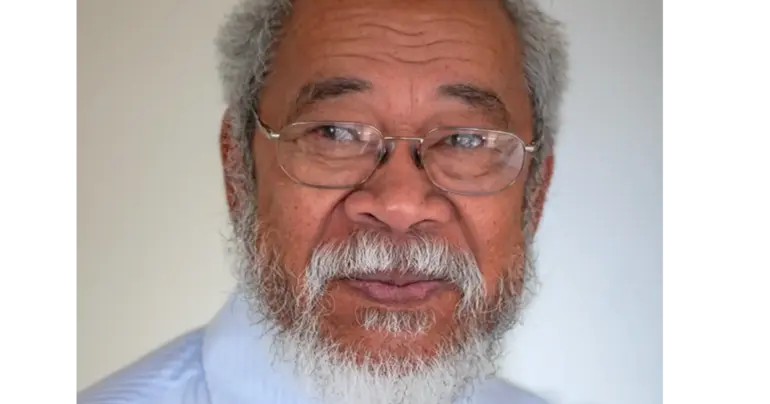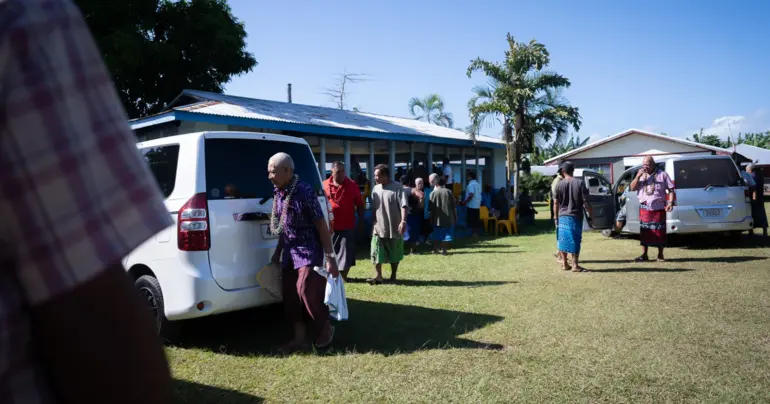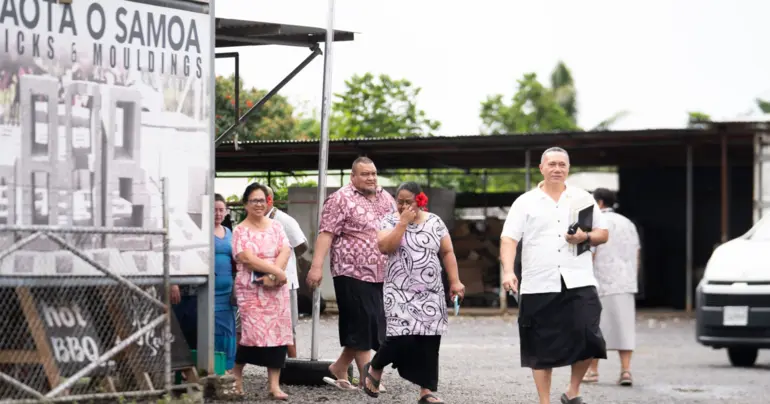The need to care for public infrastructure
The bus terminal at the Savalalo Market looks like an aftermath of a tropical cyclone. The bus shelters lay on their side as if a superstorm had uprooted them. The facts about the shelters are quite contrary.
Over the years, the public infrastructure has become weak. It just needed 55-kilometre-per-hour winds to knock the first two blocks of the shelter and the third a nudge from a reversing bus.
On Tuesday 6 August 2024, the Samoa Observer reported that another bus shelter at the Savalalo Market was destroyed. People are having trouble finding shade while they wait for their buses.
In an interview with Samoa Observer, bus commuters revealed how outdated and worn out the shelters are, and how long they've needed to be renovated, but not much thought has been given to it.
For argument’s sake, the agreed fact is that bus shelters were over two decades old. There is no dispute about this fact. The point being highlighted is the lack of maintenance and repairs of the shelters that have been used for many years.
It is not only a place where people take shelter from the elements of nature when waiting for buses, but it has been a meeting point for friends, family and even those romantically entangled. It is also a space for business where people sell what small items they have.
Rightfully, this infrastructure needed to be maintained. Once a public infrastructure is made, there is not much aftercare. It seems so for the bus shelters. When was the last time they were painted or checked for structural integrity? This is something that needs to be done regularly.
The events have left the public in a situation where they are left to hide under the fallen structure in the hot sun. The pictures show many people sitting under the shade created by the fallen structure. Surprisingly, the authorities have not moved in and labelled the fallen structures unsafe. This is likely to happen when someone will get hurt.
Luckily, the skies have not opened up just yet. The people who would usually seek shelter from the rain have nowhere to go. This is the state of an important infrastructure just two and half months before the Commonwealth Heads of Government Meeting.
The action from the authorities should be swift. The shelters should have been dismantled by now and work on new structures should have been announced. This time around there is a need for resilient infrastructure.
If the authorities are waiting on aid money, this could be a long wait. The remedy to the problem faced by the travelling public needs urgent attention. If a temporary solution can be found before work on permanent structures starts, that would be a good start.
It would also be a traffic nightmare if all the traffic from the Savalalo bus terminal was transferred to the Fugalei Market area. The entry and exit points of the Fugalei Market are not designed to have smooth flowing traffic.
Buses entering and exiting Fugalei Market have more than often been the reason for traffic congestion. Sadly, the situation at the Savalalo Market is reflective of the care taken for public infrastructure. There needs to be care because most infrastructure is donor-funded. The lack of care and maintenance is a signal to our development partners and it is not a signal in the right direction.
Public Infrastructure assets are a foundation of a country’s economic development. Maintaining such assets in good condition is critical. Infrastructure wears out with time and use. Neglected infrastructure will result in the degradation of the assets with negative effects on the economy, leading to greater costs of reconstruction over time.
The goal of maintenance is to preserve an asset, not to upgrade it. It includes minor repairs (routine maintenance) and improvements (capital maintenance) to eliminate the cause of defects and to avoid excessive repetition of routine maintenance efforts.
The government ministries responsible for public infrastructure even for something as minuscule as the bus shelters need to up their game. They need to put in place a comprehensive register of their fixed assets, such as buildings, roads and power lines.
Unfortunately, infrastructure asset registers are either rarely maintained or do not exist. Maintaining an asset register, backed by a condition report on each asset, is of vital importance, to reduce maintenance costs and increase the lifespan and quality of the infrastructure.
This is not an attempt to criticise the authorities responsible but to be of assistance so the nation’s infrastructure is well planned and maintained.
After all, the state of the infrastructure reflects the state of the nation.











